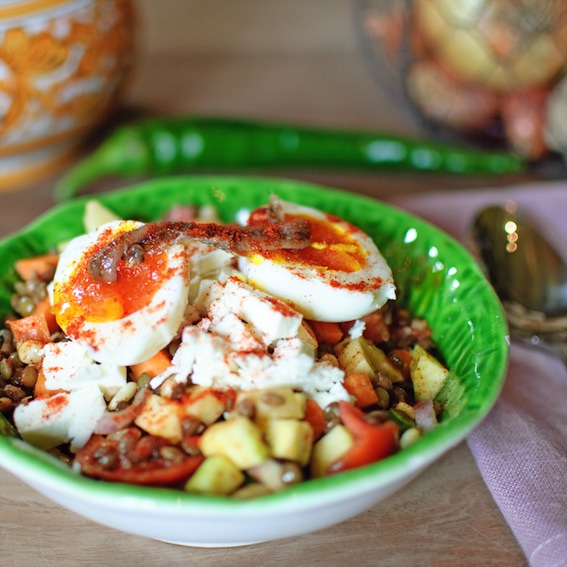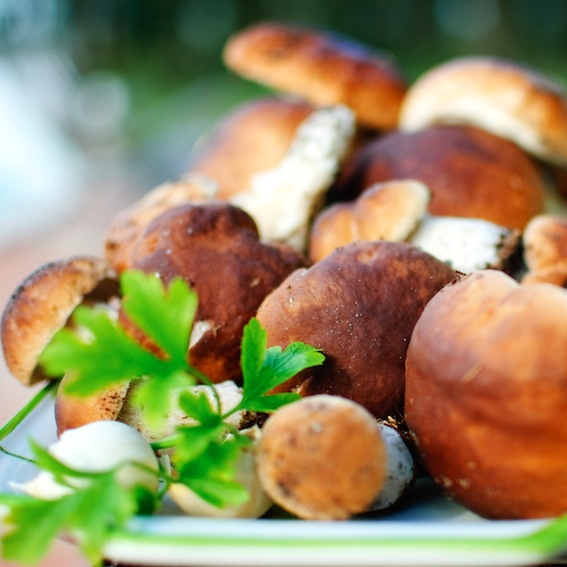Yvette’s choux fritters and the French ‘paradox’
Yvette is our nearest neighbour; a traditional Landaise farmer’s wife and testament to the so-called French ‘paradox’* (the Gascons consume more fat than anywhere else in the world, but have one of the longest life expectancies). Almost everything she eats she has either grown or nutured herself and she has no qualms about cutting off a chicken’s head to make her Sunday roast (unlike yours truly wimply here 😉 ) What’s even more amazing is that she’s still speaking to us, despite being woken up on a fairly regular basis by the thundering of our escaped horses’ hooves, churning up her land.
These little delicacies are light, airy, crisp and moreish – or so I’m told – this version contains wheat flour so I can’t eat them, but I shall be trying out a wheat-free version soon.
Ingredients (makes about 20 fritters)
125 ml cold water
50g butter, cut into small cubes
100g self-raising flour
Pinch of salt
2 teaspoons of vanilla essence
1 tablespoon of sugar
2 eggs
1 tablespoon of rum
1 litre of vegetable oil (grapeseed)
Sugar for decoration
Put the cold water in a medium-sized saucepan together with the butter, sugar, vanilla and salt. Place the saucepan over a moderate heat and stir with a wooden spoon until the butter has melted and the mixture comes up to the boil. Remove from the heat immediately and throw in the flour, whisking well until you obtain a smooth ball of paste that leaves the sides of the saucepan clean (this will probably take about a minute).
Next beat the eggs well, then add them into the mixture, little by little, mixing well. Beat until you have a smooth glossy paste, which you should then leave to cool for about 30 minutes.
Just before cooking, add the rum to the paste and heat a litre of grapeseed oil to 180°C. Cook tablespoon-size balls of paste until they flip themselves in the oil and are golden-brown all over. Toss in the sugar and serve hot or cold.
* I put the word paradox in inverted commas because I don’t believe it to be a paradox at all. It became known as such simply because it went against the grain when trying to prove a link between high-fat consumption, cholesterol and heart disease. See here.



One Comment
Pingback: